Personalized care enhances patient experience, optimizes voice quality
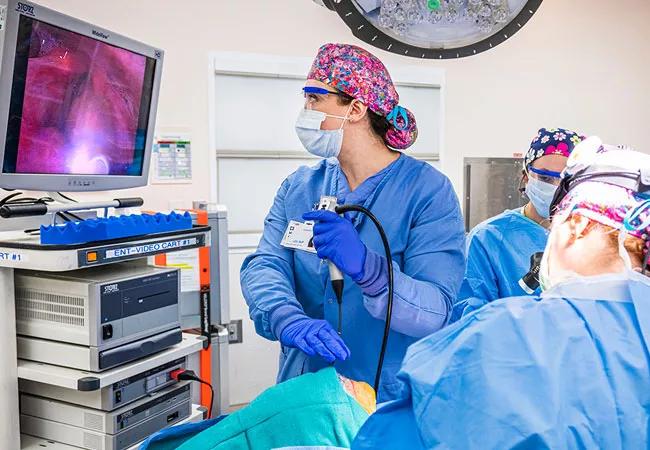
Patients with glottic insufficiency often present with a hoarse voice, vocal fatigue and difficulty projecting their voice. Whether it’s caused by vocal fold paralysis or atrophy, glottic insufficiency makes it difficult for patients to communicate and can even cause them to withdraw from family and friends. The condition can greatly impact a patient’s voice quality and overall quality of life.
Cleveland Clinic is a non-profit academic medical center. Advertising on our site helps support our mission. We do not endorse non-Cleveland Clinic products or services. Policy
To help these patients return to fully participating in their lives, laryngologists may perform medialization thyroplasty procedures to improve glottic closure and approximation of the vocal folds. These procedures are unique because patients are awake in the operating room (OR) to allow voice testing in real time.
Historically, only laryngologists would perform voice testing during these procedures. Cleveland Clinic’s Head & Neck Institute takes a different approach and is one of a few hospitals in the country to include speech-language pathologists in the OR. These experts help perform intraoperative voice assessments and put patients at ease.
While the patient is under local anesthesia, the laryngologist creates an incision on the exterior of the neck on the thyroid cartilage. Then, a window is created to pass material through that is used like a doorstop to push the vocal fold over. The laryngologist creates a personalized implant for the patient that’s made of silicone block or a GORE-TEX strip.
“The goal is to optimize the patient’s voice, making it clear and strong,” explains Michelle Adessa, BM, MS, CCC-SLP, Voice-Specialized Speech-Language Pathologist at the Head & Neck Institute’s Voice Center. “While the surgeon is making the personalized implant fit the patient, we need to test the patient’s voice using various therapeutic techniques in order to optimize it.”
That’s when Adessa gets involved. “I use my ears in collaboration with the laryngologist to help guide the perceptual quality of the patient’s voice,” she says. During the perceptual voice assessment, Adessa has the patient perform different tasks and then rates their voice. She performs these assessments before and after medialization thyroplasty procedures.
Adessa also helps run the scope during the procedure, which allows the laryngologist more freedom of movement while fitting the implant. The surgical team uses state-of-the-art videostroboscopy to see how the vocal folds behave during vibration. Adessa notes, “This gives the team video confirmation that the vocal folds are coming together and vibrating as optimally as possible.”
The top priority of the speech pathologist is putting the patient at ease. “It’s important to remember what an unnatural experience it is to be awake in the OR,” Adessa says. “I want to make sure that patients are as comfortable and relaxed as possible.” For example, she may give the patient a drop of water in their mouth.
Adessa may do some speech therapy with the patient prior to the procedure to try to optimize their voice. “Doing therapy ahead of time allows the patient and I to get to know each other,” she reveals. “So when I go to test them in the OR, I already know their vocal behavior, how their voice sounds and some tools that have worked in the clinic prior to the procedure. Plus, knowing I’ll be in the OR with them helps calm their nerves.”
“Speech pathologists are skilled at getting patients to release vocal tension,” Adessa explains. “If they have compression in their throat muscles, this can make it challenging to get an accurate picture of what’s going on. Fortunately, I have tools and therapy tasks that can help prevent the patient from squeezing their throat during the procedure.”
Since joining the OR at the Head & Neck Institute six months ago, Adessa has noticed that her speech pathology skills have had a positive impact on her patients. “They seem to feel cared for and respond well to the therapy,” she says. “We hope this will lead to happier patients and better long-term outcomes.”
Patients at the Voice Center benefit from the expertise of a collaborative, interdisciplinary team, which includes voice-specialized speech-language pathologists, laryngologists, medical residents and a laryngology fellow.
“We all understand our individual roles and work together to assess patients and optimize their voices,” explains Adessa. “As speech pathologists, we concentrate on patient behavior and voice quality. This allows the laryngologists to focus on the procedures while we focus on the patient experience.”
Adessa may see the patient for a few follow-up sessions after the laryngologist fits the patient for the new implant. “Since the surgeon is essentially giving them new vocal folds, their body needs to adapt,” she relates. “Or we may need to tweak the patient’s vocal technique to ensure they’re using their voice efficiently. It’s very rewarding to help patients improve their communication and quality of life.”
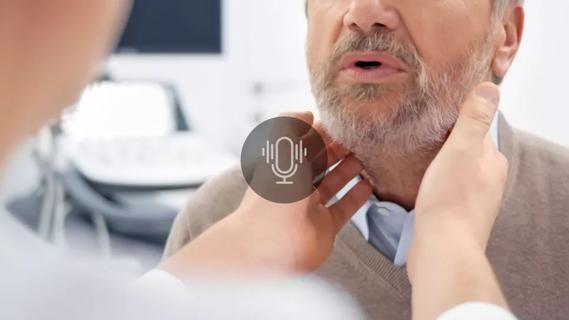
Expert advocates for a stepladder approach
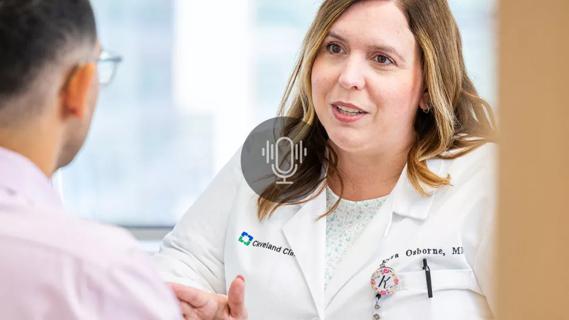
With a wide scope of skills, comprehensive otolaryngologists care for patients of all ages in the community

A comprehensive evaluation and multidisciplinary care are key to caring for patients with vestibular disorders

By using free vascularized fascia lata flaps, surgeons can overcome some of the aesthetic and functional challenges historically associated with nasal reconstruction
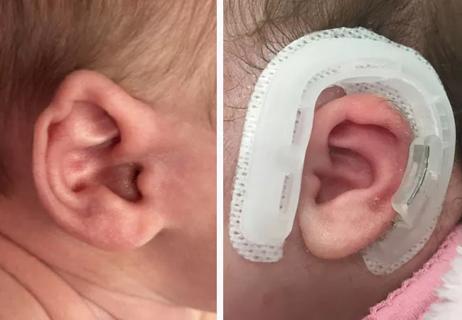
Restoring the ear to normal anatomy

By changing the patient access flow, patients are able to see the right provider faster, and surgeons are able to spend more time in the OR and less time in clinic
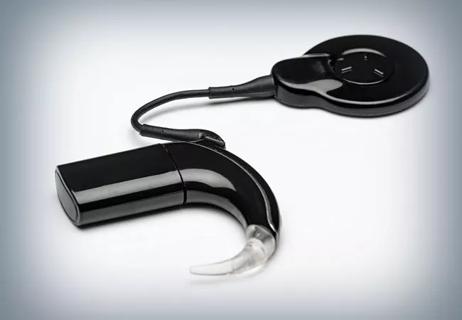
Leaders from Cleveland Clinic’s Hearing Implant team provide insight

A Cleveland Clinic expert weighs in